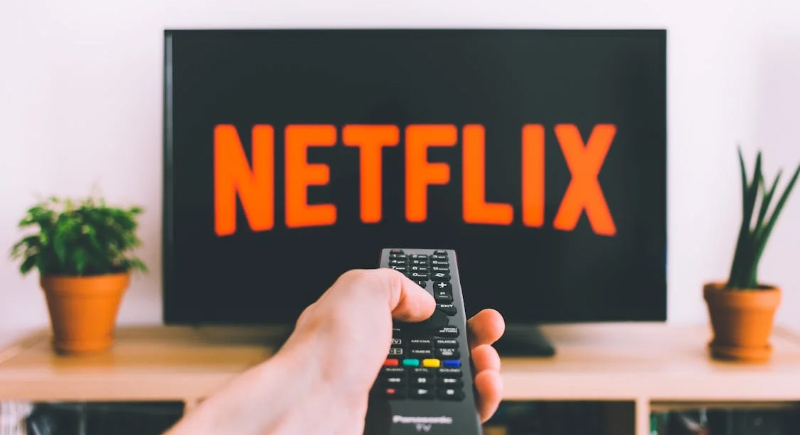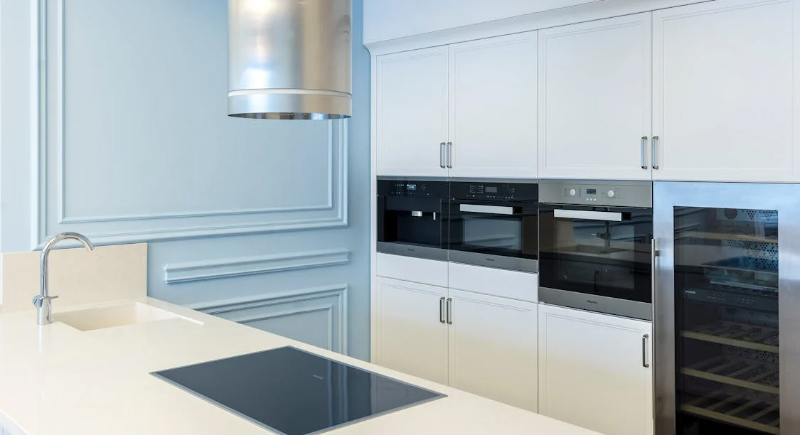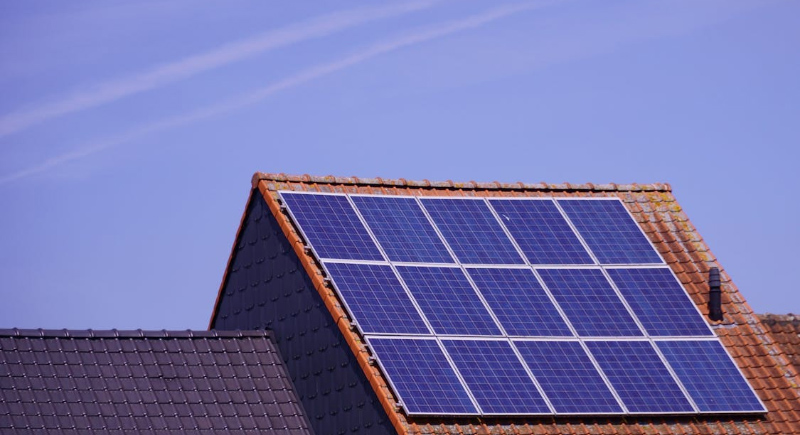18 Things the Middle Class Won’t Be Able to Afford in 2025
The financial landscape for the middle class has been shifting for years, but 2025 is hitting especially hard. Prices are up, wages are stagnating, and the cost of many goods and services that were once staples of middle-class life is now out of reach. In this article, we’ll discuss what exactly is slipping away from the average family this year.
Retirement

Credit: pexels
Used to be you’d work, save, and retire comfortably, right? Not anymore. The cost of living is steadily outpacing income growth, and thus saving for a comfortable retirement is tougher than ever. Pensions are largely a thing of the past, and even 401(k) contributions often take a backseat to paying rent, healthcare premiums, or student loans. More people are relying on Social Security, but with concerns about its long-term viability, the safety net feels increasingly fragile. Many middle-aged Americans are coming to terms with the fact that they’ll have to work well into their later years.
Car Ownership

Credit: pexels
The days of buying a reliable used car for a few thousand dollars are long gone. The average price of a new vehicle now exceeds $47,000, and even a used car costs roughly $27,000 on average. That’s not all—monthly car loan payments have hit an all-time high, averaging over $730., while maintenance, insurance, and fuel costs continue to rise too. Aside from that, car repairs alone can feel like a financial gut punch, with parts harder to source and labor costs escalating. As a result, the urban population is increasingly leaning on rideshare apps, public transit, or even electric scooters.
Private Education for Children

Credit: pexels
Private schools have always carried a hefty price tag, but tuition fees are now approaching six figures annually at elite institutions. By comparison, the cost of private college tuition has seen a parallel jump, now averaging over $40,000 annually. Beyond tuition, there are add-ons: extracurricular activities, field trips, and fundraising commitments that all pile up. Families are gravitating toward public schools or magnet programs, which, while often excellent, don’t always have the resources or small class sizes that private institutions promise.
Expensive Vacations

Credit: pexels
Vacations, especially those involving international travel, are feeling like a thing of the past for many. Airfare prices have surged, largely due to fuel costs and staffing shortages in the travel industry. Accommodation and dining expenses are another cause for financial strain, with hotel prices breaking records in major tourist destinations. For a middle-class family, a trip to Disney World might require the kind of budgeting once reserved for a down payment on a car.
High-Speed Internet

Credit: pixabay
You’d think by now high-speed internet would be a basic utility, like water or electricity. Instead, it’s becoming a luxury for many. Internet providers have steadily increased prices, and the lack of competition in many regions only worsens the problem. Households with kids in school or parents working remotely often have no choice but to pay exorbitant rates for reliable service. In rural areas, where options are already limited, this digital divide is even more pronounced.
Gym Memberships

Credit: pexels
Gym memberships have become another casualty of rising costs. Their monthly fees can be steep, especially for those gyms offering premium amenities like childcare, saunas, or boutique classes. And that’s before you factor in the cost of personal training sessions or specialized programs. It’s time for people to dust off their old weights or turn to free online workout programs as a way to save money without sacrificing their health goals.
Premium Streaming Services

Credit: pexels
When streaming services first came on the scene, they promised an affordable alternative to cable. That promise has surely been turned on its head. Platforms like Netflix, Disney+, and HBO Max are charging $15 or more each month. And then there’s the rise of ad-free “premium tiers,” which can cost nearly double. Families are canceling less-used subscriptions and rotating through platforms just to keep up with the entertainment they love
Home Appliances

Credit: pexels
If your refrigerator or washing machine breaks down this year, you’ll have to think twice before replacing it. A decent refrigerator costs upwards of $1,500, while high-end models can run as high as $5,000. Supply chain disruptions, tariffs, and higher production costs have all contributed to these increases. Repair services have also become pricier, which means families are left in a bind when their decades-old appliances finally give out.
Personal Fitness and Wellness Services

Credit: pexels
To be fair, spa days, yoga retreats, and regular visits to a personal trainer were already quite rare for a middle-class person, but now it’s virtually impossible. While wellness is still important, the high cost of these services often makes them feel like indulgences rather than necessities. People are finding creative ways to prioritize their health, like joining community-run fitness groups or practicing mindfulness at home.
Specialized Medical Treatments

Credit: pexels
Healthcare in the U.S. is popular worldwide–mostly for the wrong reasons. The cost of specialized treatments like orthodontics, fertility services, or cutting-edge therapies is astronomical. Even families with decent insurance face mounting out-of-pocket expenses, which leads many to delay or forgo treatment altogether. This trend is particularly troubling for families managing chronic illnesses or conditions that require ongoing care.
Organic and Specialty Foods

Credit: pexels
For years, organic and specialty foods were touted as the healthier choice. However, the price gap between these options and their conventional counterparts has widened. Many financial analysts have now started referring to groceries as luxuries since families are forced to prioritize affordability over health-conscious choices. Even farmers’ markets, once seen as a cost-effective way to buy fresh produce, are now seen as splurges.
Fine Dining

Credit: pexels
The dine-out culture in America has taken a huge nose dive. A dinner for two at a fine dining establishment can easily cost several hundred dollars, which means it’s more of a once-in-a-blue-moon occasion. It doesn’t help that people are also required to tip heavily at such establishments. Unsurprisingly, more families are recreating their favorite dishes at home or gravitating toward affordable casual dining spots.
New Technology Gadgets

Credit: pixabay
The release of a new smartphone or laptop used to generate excitement. Nowadays, it is met with indifference due to its heavy price tag. The pace of technological innovation is relentless, and manufacturers charge a premium for the latest features. Many families are opting to repair or upgrade their current devices rather than invest in new ones.
Eco-Friendly Home Upgrades

Credit: pexels
Solar panels, energy-efficient windows, and other eco-friendly home improvements promise long-term savings but require significant upfront investment. Tax credits and rebates can help offset some of the costs, but they’re often not enough for middle-class homeowners already grappling with other financial pressures. Smaller changes, like LED bulbs and smart thermostats, are more feasible alternatives.
Comprehensive Insurance Plans

Credit: pexels
Insurance premiums are climbing across the board. Health insurance alone can cost a family of four upwards of $20,000 annually, even with employer contributions. Add auto, home, and life insurance to the mix, and the numbers quickly become overwhelming. To cope, many families are reducing coverage or increasing deductibles.
Homeownership

Credit: pexels
For generations, homeownership was a major milestone for the American middle class. As most young people can attest, that milestone is now virtually impossible to attain. Housing prices have soared, mortgage rates are high, and inventory is scarce. First-time buyers face stiff competition and steep barriers, which push more families to remain renters, often in markets where rent is climbing just as fast as home prices.
Home Renovations and Repairs

Credit: Getty Images
Home improvements are becoming unattainable for many middle-class households. Prices for materials such as lumber and concrete have skyrocketed, while labor shortages persist, further increasing contractor fees. Even routine maintenance tasks, such as plumbing or repainting, now require thousands of dollars, leading many families to delay projects or attempt DIY alternatives.
Professional Cleaning Services

Credit: pixelshot
Once an affordable luxury, professional cleaning services are slipping out of reach for many families. Inflation, supply costs, and rising wages have sharply increased rates for deep cleaning, carpet care, and upholstery maintenance. As a result, homeowners are handling chores themselves, trading valuable downtime for budget-friendly self-reliance.